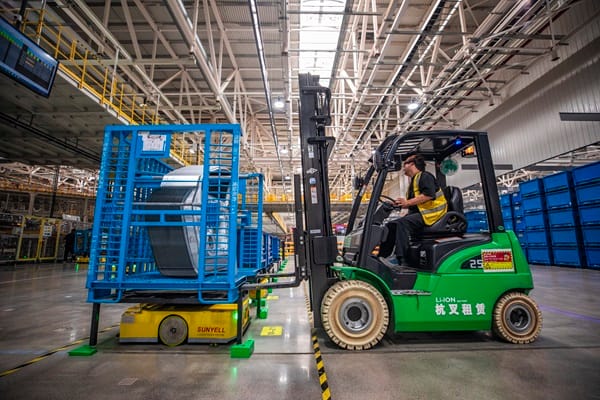In fast-paced work environments where lifting equipment is part of daily operations, regular checks are more than just routine—they’re essential. Over time, even the most reliable machines can show signs of wear. Early detection of issues can prevent larger problems, helping companies avoid safety risks and unexpected breakdowns. Inspections support not just safety, but also continuity and cost control. Many businesses implement structured inspection schedules to meet both internal standards and external regulations. Staying proactive with maintenance ensures equipment performs efficiently when it matters most. For those looking for expert support, Bramley Engineering LOLER Inspections are one way businesses stay compliant and confident in their operational safety. Read on to see how a consistent inspection strategy can benefit your team and your bottom line.
Reducing risk with preventive maintenance
One of the most effective ways to protect your team is through regular maintenance of lifting equipment. Machinery that is frequently used can deteriorate gradually, leading to unnoticed hazards. A solid inspection routine identifies problems before they result in injury or operational delays. This approach reduces exposure to unexpected risks and demonstrates a strong commitment to safety. Catching issues early helps minimize downtime and extends the life of your equipment. Prevention always outweighs the cost of emergency repairs.
Ensuring workflow continuity
Unexpected equipment failure can bring operations to a halt. Delays in production or service delivery often lead to lost revenue and customer dissatisfaction. Routine inspections help prevent these disruptions by maintaining performance levels. When inspections are scheduled consistently, problems are detected before they interrupt the workflow. This results in smoother operations and fewer last-minute technical issues. A steady work rhythm supports staff efficiency and meets delivery timelines.
Promoting confidence among teams
Knowing that equipment is regularly inspected fosters a stronger sense of safety across the workplace. Employees are more likely to perform at their best when they feel their environment is secure. Routine checks also set a standard that encourages responsible equipment use. This culture of care can reduce misuse, minimize incidents, and reinforce awareness. Workers become more engaged when safety is prioritized. It builds trust between leadership and staff, ultimately strengthening team dynamics.
Maintaining compliance with regulations
Health and safety standards require specific types of equipment to undergo periodic inspections. These regulations are not only legal obligations—they are designed to protect workers and businesses alike. Regular inspections provide documented proof of compliance, which is useful in the event of audits or investigations. Meeting inspection standards also reduces the risk of penalties or legal issues. It’s a simple but effective way to stay on the right side of industry regulations.
Selecting a skilled inspection provider
Working with an experienced inspection provider ensures that assessments are carried out to high standards. These professionals understand the technical details of lifting systems and can provide helpful feedback. Choosing the right provider also means receiving clear reports and honest recommendations for ongoing maintenance. It’s important to work with a team that values consistency, accuracy, and communication. Long-term relationships with trusted providers create peace of mind and smoother operational planning.
Safe equipment leads to safe environments. Continue investing in workplace safety by staying current with inspections and maintaining a culture of care, reliability, and readiness.








